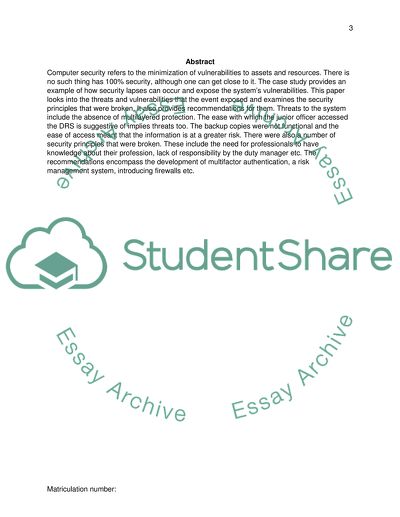Cite this document
(“Computer security Essay Example | Topics and Well Written Essays - 1500 words”, n.d.)
Retrieved de https://studentshare.org/environmental-studies/1407349-computer-security
Retrieved de https://studentshare.org/environmental-studies/1407349-computer-security
(Computer Security Essay Example | Topics and Well Written Essays - 1500 Words)
https://studentshare.org/environmental-studies/1407349-computer-security.
https://studentshare.org/environmental-studies/1407349-computer-security.
“Computer Security Essay Example | Topics and Well Written Essays - 1500 Words”, n.d. https://studentshare.org/environmental-studies/1407349-computer-security.


